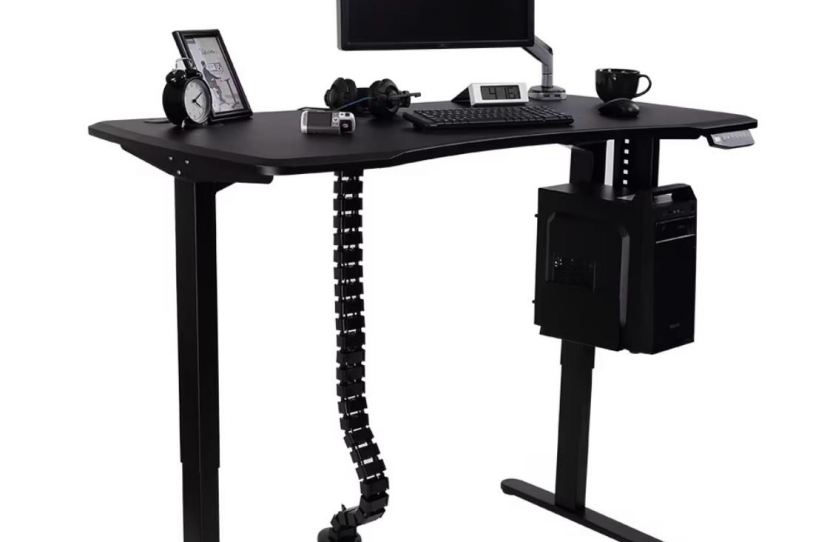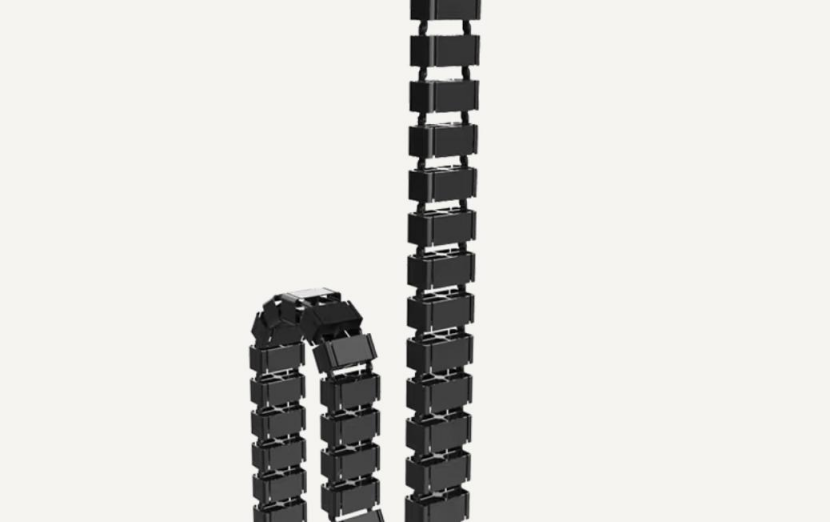Proper installation and utilization of cable ducts are essential for maintaining a neat, organized, and efficient cable management system in home and office environments. Cable ducts help conceal and protect cables, reduce clutter, prevent tangling, and facilitate easy access to wires for maintenance or changes. By following best practices for installing and utilizing cable ducts, individuals can create a tidy and streamlined workspace that promotes safety, aesthetics, and functionality. Below are detailed explanations of how to properly install and utilize cable ducts for neat and efficient cable management.
Install and Utilize Cable Ducts
1. Selecting the Right Cable Ducts
Cable duct with adequate size and capacity to accommodate the number and thickness of cables in your setup. Selecting the right size ensures that the ducts can hold all cables securely without overcrowding or causing strain on the wires. Opt for cable ducts made of durable materials such as PVC, plastic, or metal that provide protection and longevity for the cables. Consider the environment and conditions in which the ducts will be installed to ensure they can withstand any potential wear and tear.

2. Planning and Preparation
Plan the layout of the cable ducts based on the location of power outlets, devices, and workstations to create an organized cable management system. Determine the optimal path for routing cables to minimize tangling and ensure easy access for future maintenance or modifications. Before installation, label each cable and identify its corresponding connection to streamline cable organization and troubleshooting in the future. Clear labeling helps prevent confusion, saves time during maintenance tasks, and contributes to efficient cable management.
3. Installation Process
Mount the cable ducts along walls, floors, or ceilings using appropriate mounting hardware to secure them in place. Ensure that the ducts are positioned strategically to conceal cables, minimize obstructions, and maintain a clean and professional appearance in the workspace. Route cables through the cable ducts in an organized manner, avoiding sharp bends or kinks that can damage the wires. Group similar cables together and maintain separation between power and data cables to reduce interference and ensure optimal cable performance.
4. Securing and Fastening Cables
Use cable ties or Velcro straps to secure and bundle cables within the ducts, preventing them from shifting or becoming tangled. Properly fastening cables helps maintain organization, reduce clutter, and facilitate easy identification and access to specific wires when needed. Utilize cable clips or clamps to anchor cables to the sides or base of the ducts, keeping them in place and preventing them from sagging or hanging loosely. Cable clips help maintain cable organization, improve aesthetics, and prevent tripping hazards in the workspace.
5. Maintaining Accessibility
Incorporate access points or removable covers along the length of the cable ducts to allow for easy access to cables when adding, removing, or troubleshooting connections. Access points facilitate maintenance tasks, equipment upgrades, and changes to the cable setup without disrupting the entire cable management system. Consider using flexible cable ducts or modular ducting systems that allow for adjustments and reconfigurations as needed. Flexible ducts enable easy modifications to the cable layout, support scalability, and accommodate changes in the workspace layout or equipment setup over time.

6. Safety Considerations
Choose fire-resistant cable ducts or add fire-retardant coatings to enhance safety and compliance with building codes. Fire-resistant ducts help contain flames in the event of a fire, preventing the spread of fire through the cable management system and promoting workplace safety. Ensure that the cable ducts provide adequate protection for the wires against physical damage, moisture, and environmental hazards. Proper cable protection safeguards the integrity of the cables, reduces the risk of electrical hazards, and prolongs the lifespan of the equipment and wiring in the workspace.
Conclusion
By following these guidelines for installing and utilizing cable ducts, individuals can create a neat, organized, and efficient cable management system that promotes safety, aesthetics, and functionality in home and office environments. Proper cable management enhances workplace efficiency, reduces clutter, and facilitates maintenance and troubleshooting tasks, contributing to a clean, streamlined, and productive workspace.
